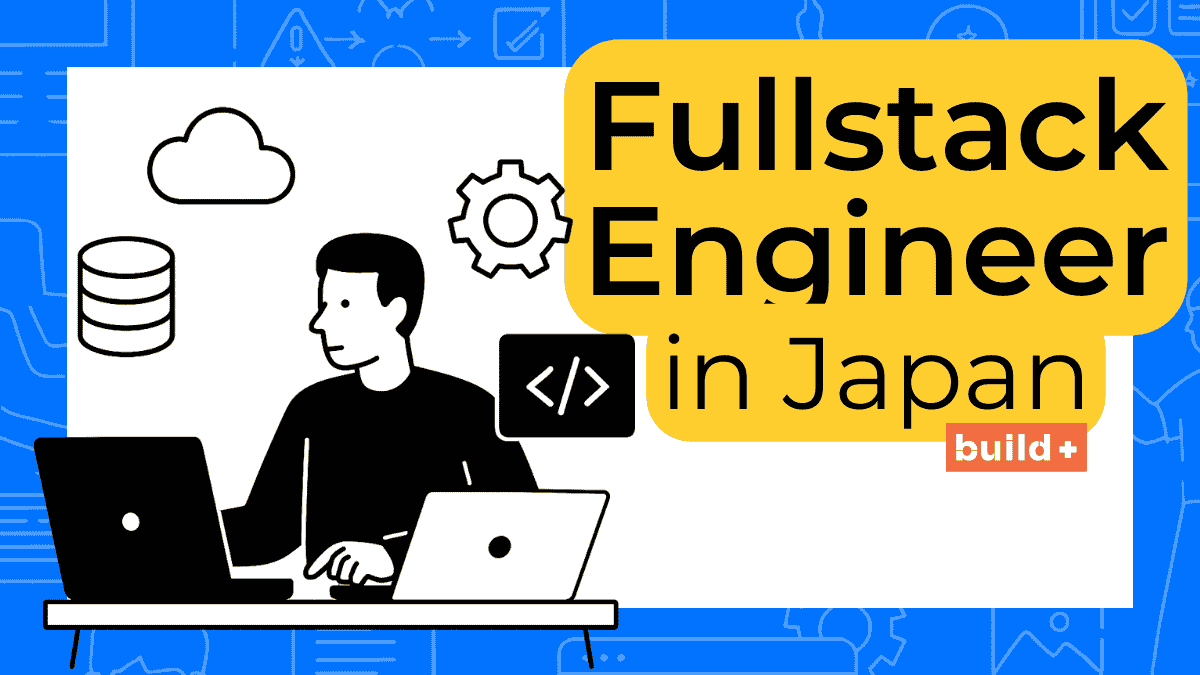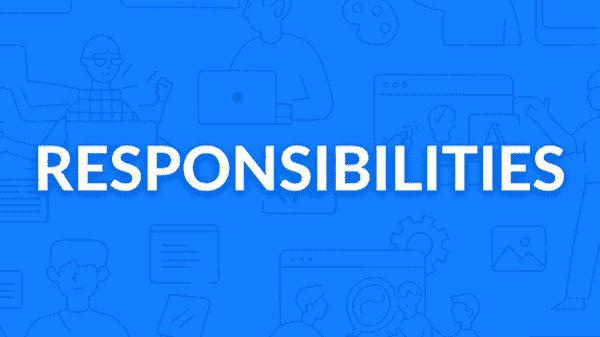Fullstack Engineer (Frontend-Focused) in Japan: Everything You Need to Know
The fullstack.
The whole shebang.
Do you have what it takes to be a Fullstack Engineer in Japan?
Let’s find out.
What does a Fullstack Engineer (Frontend-Focused) do?
Fullstack Engineers (frontend-focused) are developers who work across the tech stack but spend most of their time building user-facing components using JavaScript frameworks like React or Vue.
You will also support backend functionality as needed. In Japan, this role often appears in startups, product-based SaaS companies, or agencies using agile.
Common tasks include:
Connecting frontend features to backend APIs
Building admin dashboards, customer flows, and internal tools
Prototyping and iterating based on user feedback
Contributing to architecture discussions
Working directly with designers and PMs to shape products
Responsibilities
Develop and maintain both frontend and backend components, with a heavy emphasis on building responsive, high-performance user interfaces.
Work closely with designers, product managers, and backend developers to translate requirements into functional, scalable features.
Participate in sprint planning, retrospectives, and code reviews.
Support infrastructure and deployment (e.g., Docker, AWS) as needed in smaller teams.
Communicate with internal stakeholders or external clients to align technical delivery with business goals.
What skills are required?
Frontend: JavaScript/TypeScript, React, Vue.js
Backend (basic to mid-level): Node.js, Python, Java, Go, or Ruby
DevOps/Infra (optional): Docker, AWS, Vercel, Firebase, GitHub Actions
Soft Skills: Agile collaboration, self-management, clear communication (especially in cross-functional teams)
While backend knowledge is expected, the focus of this role is still strongly tied to delivering excellent user-facing features.
Do you need to know Japanese?
Japanese: Business-level Japanese (JLPT N2 or higher) is required for client-facing or domestic SaaS companies. You’ll be expected to read specs or attend meetings in Japanese.
English: In international companies or remote-first teams, English may be the primary working language, but Japanese is an asset.
Opportunities & Challenges in Japan
Opportunities:
Small companies = wider responsibility = faster learning
High demand for fullstack engineers with React/TypeScript experience
Product-based companies appreciate frontend-strong engineers who can also handle backend tickets
Great role for engineers transitioning from frontend or backend into a more hybrid workflow
Challenges:
Japanese-language communication may still be expected even in global-facing companies
Some companies may lean heavily on you to “do everything,” so scope creep can be real
Balancing quality frontend work with backend responsibilities can be difficult without a strong team structure
Career Path & Salary Range
Career Path:
Junior Fullstack Engineer
Fullstack Engineer (Frontend-Focused)
Senior Fullstack Engineer
Technical Lead or Engineering Manager
Some engineers transition into more backend-focused roles or shift fully into frontend tech lead positions depending on interest and company needs.
Salary Range in Tokyo:
Entry Level: ¥4.5M – ¥6.5M
Mid-Level: ¥6.5M – ¥9M
Senior: ¥9M – ¥12M+
Tech Leads: ¥12M – ¥15M+ (especially in SaaS or VC-backed startups)
What kind of companies hire frontend-leaning fullstack engineers?
This position is common in:
Product companies scaling fast with limited headcount
Engineering consultancies delivering client solutions
Tech startups with design-forward products
Global SaaS firms building frontend-heavy platforms
In many cases, teams are small — you may be the only engineer or 1 of 2–3 devs working on a specific product or feature.
FAQ
Do I need to be equally strong in frontend and backend?
Not necessarily.
Many companies look for a frontend-first engineer who can support backend work. As long as you can connect APIs, understand databases, and deploy apps, you’ll be fine.
Is React or Vue more common in Japan?
React is more widely adopted, especially in global-facing companies. Vue is often used in smaller startups or legacy projects.
What kind of portfolio should I have?
Even as an engineer, showing a few deployed apps, GitHub repos, and clean code with README documentation will help. If possible, highlight frontend UI quality and any architectural choices.
Are there many frontend-leaning fullstack roles?
Yes — especially in companies that don’t have the budget or scale to split roles. You’ll find these positions at startups, SaaS companies, and firms doing in-house platform development.
Is this a good entry point for international engineers coming to Japan?
Absolutely.
As long as you’re skilled in modern frontend frameworks and have some backend exposure, it’s a strong entry path. A bootcamp background (like Code Chrysalis or Le Wagon) plus 1–2 years of experience can get you in the door.




